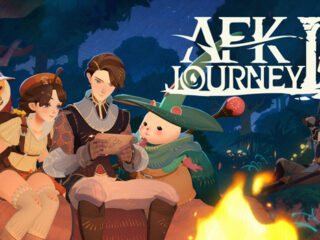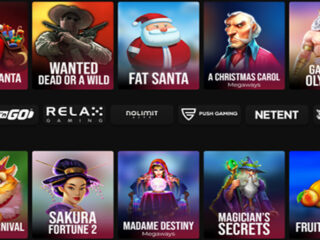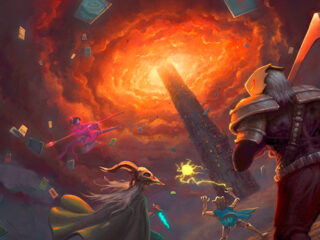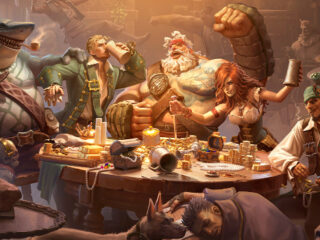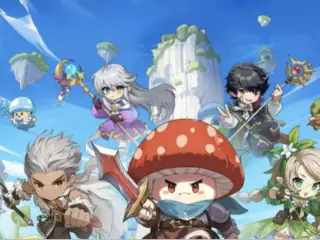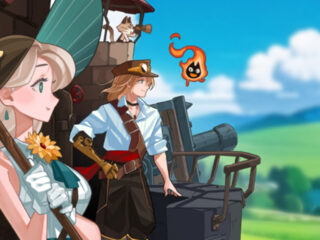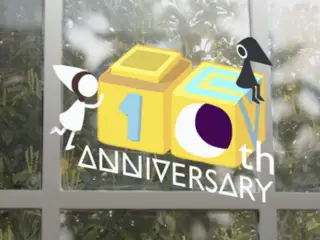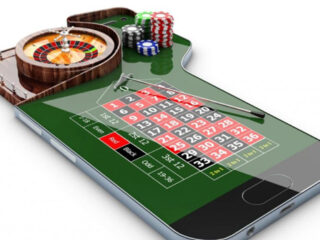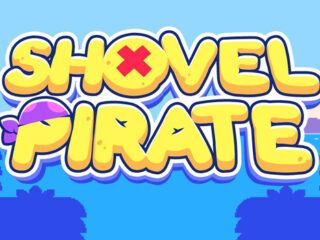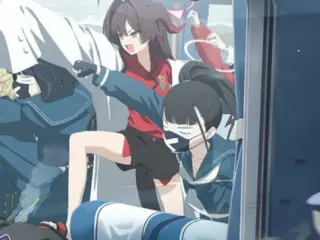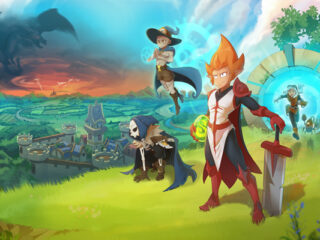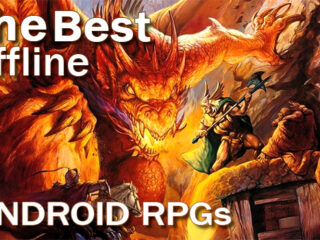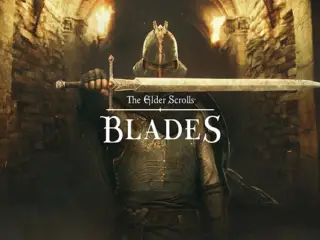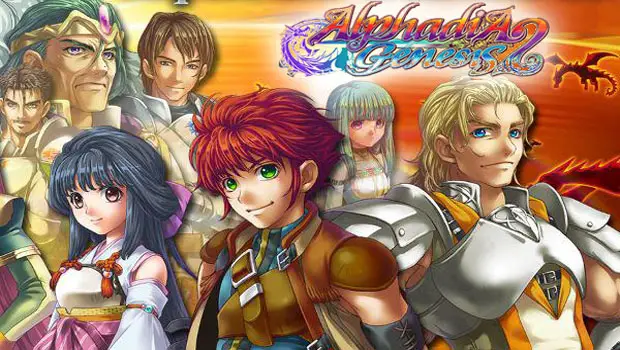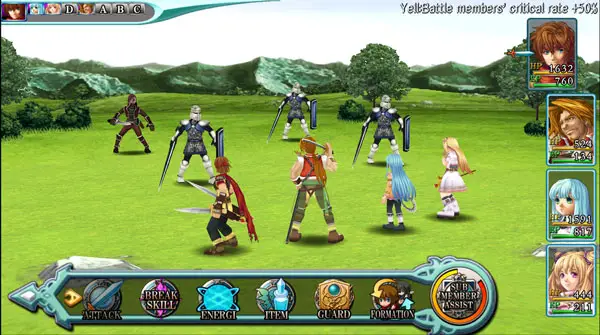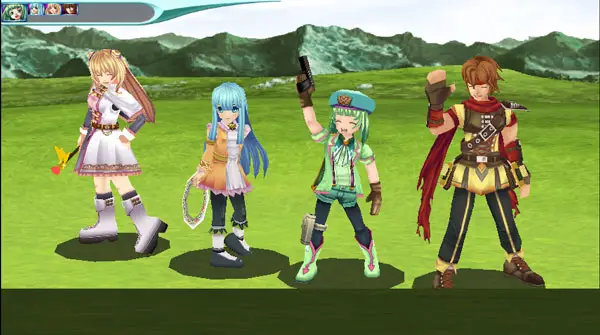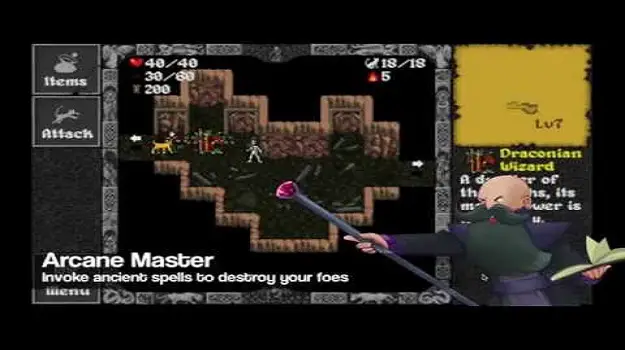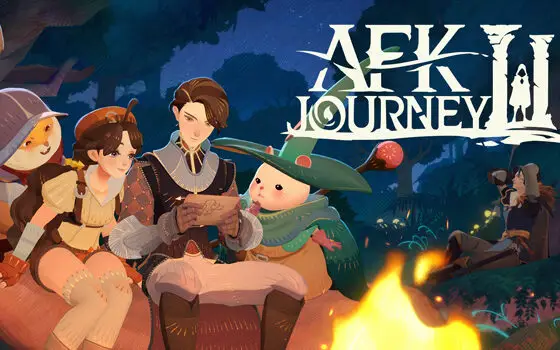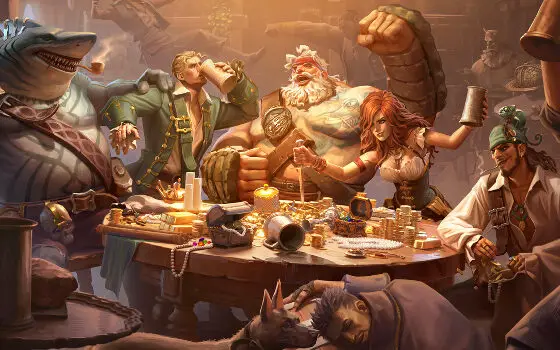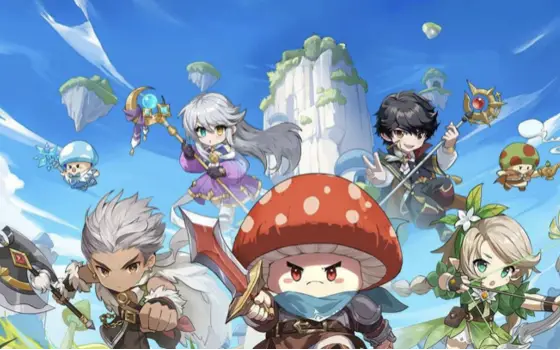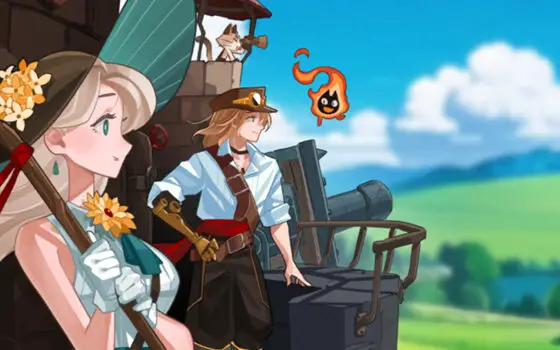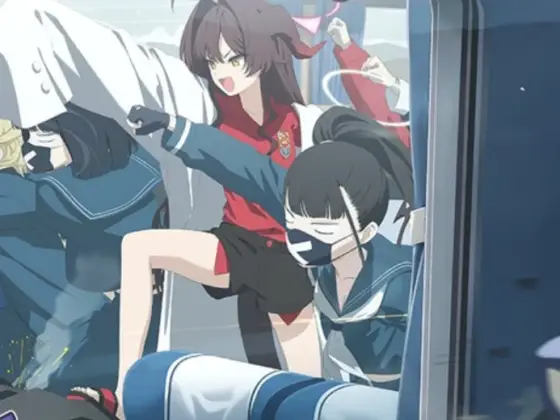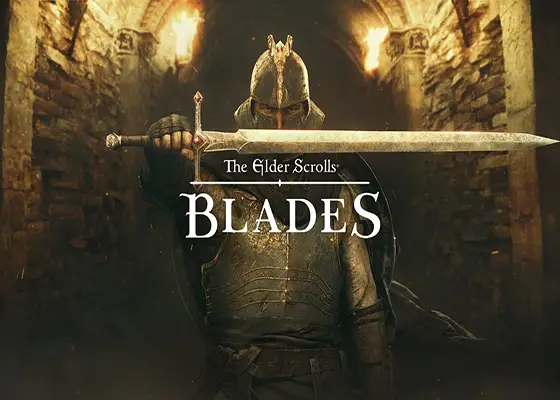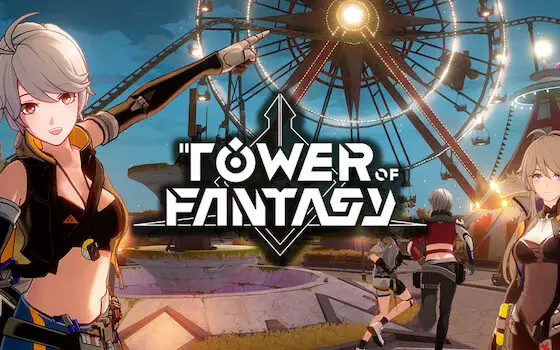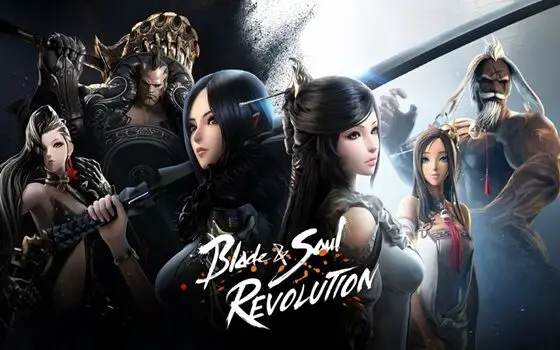In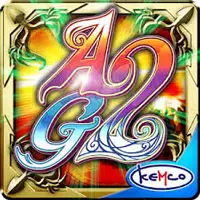 a time when the illustrious tradition of the JRPG – carried on in the mainstream by big-budget franchises like Final Fantasy – is losing ground to its western counterparts, titles like Alphadia Genesis 2 serves as a necessary reminder of what made the JRPG such a big deal in the first place. In a genre that, in this day and age, seems overly concerned with visual flare, expansive, convoluted plots and level grinding, Alphadia Genesis 2 manages to deliver an experience reminiscent of the JRPG’s past days of glory. It smacks of legendary titles such as Chrono Trigger, and not only that, but you can play it on the bus.
a time when the illustrious tradition of the JRPG – carried on in the mainstream by big-budget franchises like Final Fantasy – is losing ground to its western counterparts, titles like Alphadia Genesis 2 serves as a necessary reminder of what made the JRPG such a big deal in the first place. In a genre that, in this day and age, seems overly concerned with visual flare, expansive, convoluted plots and level grinding, Alphadia Genesis 2 manages to deliver an experience reminiscent of the JRPG’s past days of glory. It smacks of legendary titles such as Chrono Trigger, and not only that, but you can play it on the bus.
The world of the game centers on two civilizations divided by their origins, the Lucerians who make up the Empire, and the Atramians who make up those under the draconian sway of the Empire’s power. The mythology of the story centers on Energi, the god force of the world that is responsible for the creation of everything. However, as in most mythologies, there is an Energi that is considered “good” and another that is considered “bad” – White Energi and Black Energi respectively. The Lucerians of the Empire are associated with White Energi. The Atramians are associated with Black Energi. I think you can see where this is going.
The game opens with the main character, an Atramian named Dion, returning to his village just in time to see it utterly destroyed by Imperial forces lead by Prince Julius. Dion’s father, whom he affectionately refers to as “pops,” is slain in the attack and Dion swears revenge, as only a protagonist in any story can. The player is then unleashed on the world to carry out the previously-mentioned revenge.
The game plays much like other games in its genre with a few notable features that make it unique. Character class abilities are granted by orbs that can be equipped by the characters as an accessory. Dion, for example, started out with a Fighter Orb that grants him Energi attacks that focus on dealing damage. However, you can equip two orbs at a time, so Dion can conceivably have a Fighter Orb and a Healer Orb. Boom, instant cleric!
On top of that, each character has their own special abilities that draw on Boost Slots and the game’s version of mana. In battle, each character starts with five Boost Slots which act as action points. Each action consumes at least one Boost Slot and one slot is recovered each turn. Where the strategy comes in is that a character can choose to consume more than one Boost Slot a turn, all the way up to all five, which makes an attack super devastating or a spell last longer. It sounds simple, but the layers of complexity start arising when battles become larger and more intensive. Allocating damage, distributing an intelligent degree of status effects and saving some Boost Slots for healing just to be safe can be harder than it sounds.
What I love about Alphadia Genesis 2 the most is how it scales in terms of difficulty. Many RPGs fall victim to “Brick Wall” syndrome, where you are playing the game, doing just fine and then you run into a boss that is just too damn difficult for your characters to deal with. Thus, you are exiled to the hellish depths of level grinding, running around expansive deserts to stab critters in the face in order to watch your experience bar crawl to where you need it to be. Alphadia Genesis 2 is extraordinarily even-handed in this case. Each boss I have encountered, while certainly challenging, were not impossible. In short, an intelligent use of character abilities, Boost Slots and spells can pretty much pull you through even if you aren’t level 99.
If you have played through a healthy portion of Android’s old-school JRPG offerings and have grown weary of the trappings of traditional Japanese Role Playing Games, then you may want to look elsewhere because, while Alphadia Genesis 2 offers some innovation, it is quite essentially a JRPG. If, on the other hand, you are looking for a simple foray into the nostalgia of SNES RPGS and are partial to beautiful artwork and satisfying gameplay, you can’t go wrong with Alphadia Genesis 2.
Hardcore?
It is.
It’s a simple, yet quintessential JRPG with interesting characters, combat and crazy hairstyles.

